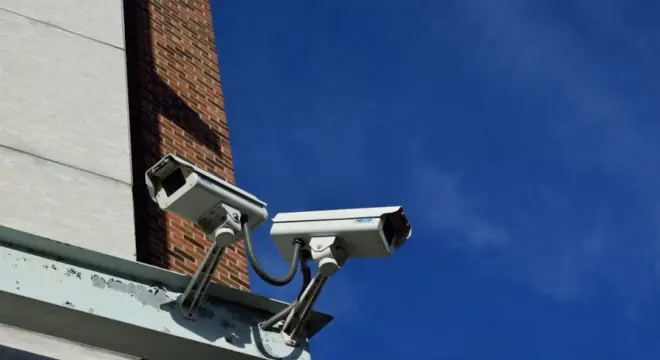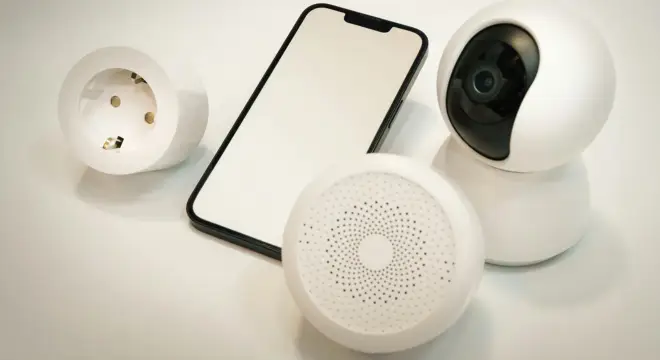11 Clever Home Security Tools to Protect Your Family from Burglars
I get it — you want practical protection, not tech for tech’s sake. If you’ve ever lain awake worrying about someone casing your house, smart home security devices can turn that anxiety into control. I’ll show you the specific tools that actually deter burglars, where they matter most, and what features you should never ignore.
I’ve spent years reading product specs, testing gear, and digging into what burglars really avoid. In the sections ahead I’ll walk you through 11 battle-tested devices — what they do, how to place them, and one quick buying tip per device so you don’t waste money on the flashy features that don’t help. Let’s dive in.
Understanding the Threat: Why Smart Tools Matter
Most burglaries don’t play out like in the movies — there’s no slow, calculated break-in. In reality, a break-in can happen in under 60 seconds, and once inside, the thief is often gone in less than 10 minutes. That’s all the time they need to grab electronics, jewelry, or anything small and valuable.
And here’s the truth — most home burglaries are crimes of opportunity. As one experienced homeowner put it, “Home burglaries are usually a crime of opportunity… security systems with signs just tend to make potential burglars move on.” If your home looks harder to enter or more likely to trigger an alarm, you’ve already reduced your risk before anything even happens.
That’s why quick, visible deterrents matter so much. A camera by the door, a motion-triggered light, or a smart lock keypad in plain sight tells an intruder, “Not worth the risk.” In the next sections, we’ll look at the specific smart devices that make that warning crystal clear.
11 Smart Home Security Devices That Keep Your House Safe from Burglars
The title here directly uses the keyword “smart home security devices”, which makes it SEO-friendly and clear for anyone scanning search results. It instantly tells the reader they’re about to see practical, actionable ideas — not just generic security advice.
Why Smart Devices Are Your First Line of Defense
Most break-ins don’t take long — in fact, the FBI reports many happen in under 60 seconds. Once inside, burglars are usually gone within minutes, often before anyone can react.
Here’s the thing: most burglaries are crimes of opportunity. If a house looks like it has cameras, alarms, or other visible tech, many intruders simply move on.
That’s why these devices aren’t just “fancy gadgets” — they’re visible, psychological barriers that can stop trouble before it starts.
1. Outdoor Security Cameras (Wired & Wireless)
A floodlight camera or high-resolution IP camera doesn’t just record — it warns. Features like night vision, AI motion alerts, and remote viewing give you eyes on your property 24/7.
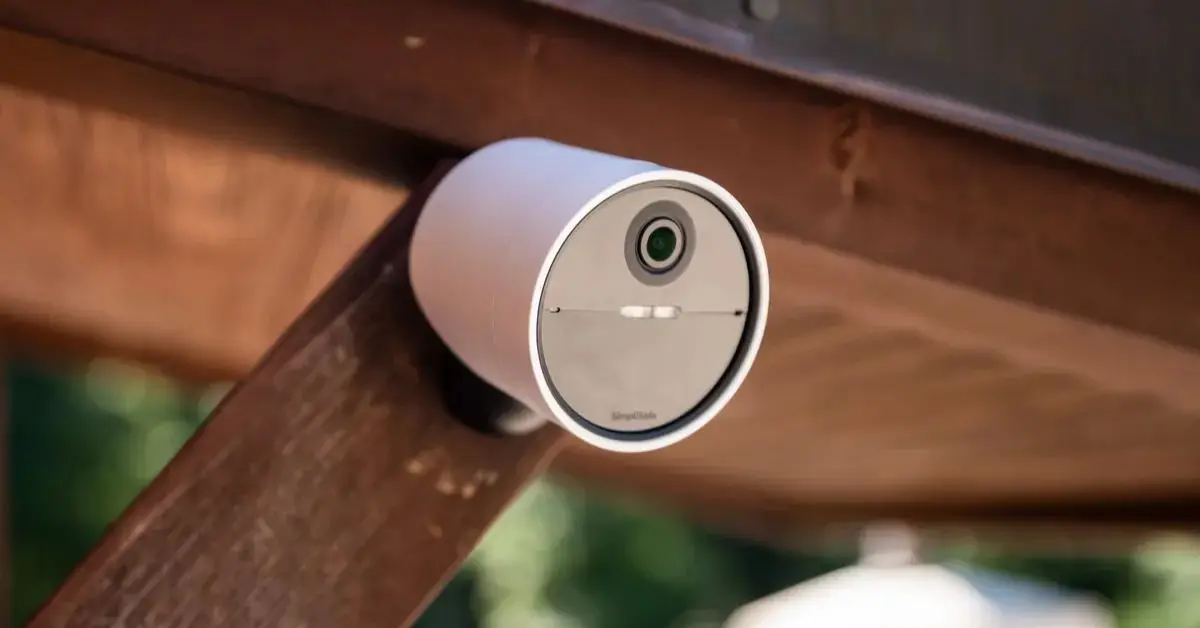
Visible cameras are one of the strongest deterrents. According to research by the University of North Carolina, most burglars admitted avoiding homes with clear surveillance equipment.
Why important: This is your first and most visible security layer — the moment someone approaches, they know they’re being watched.
2. Video Doorbells
A smart video doorbell lets you see and speak to anyone at your door — whether you’re home or not. With motion-triggered video and two-way talk, you can challenge a stranger before they ever step inside.
It’s also one of the most effective tools for package theft prevention, sending you instant alerts the moment someone approaches.
Why important: This is your entry point’s first real-time interaction, giving you control before a break-in attempt even starts.
3. Smart Locks (Keypad, Biometric, App-Controlled)
Smart locks give you more than a key — they give you options. From fingerprint access to one-time PIN codes and remote unlock, you decide who gets in and when.
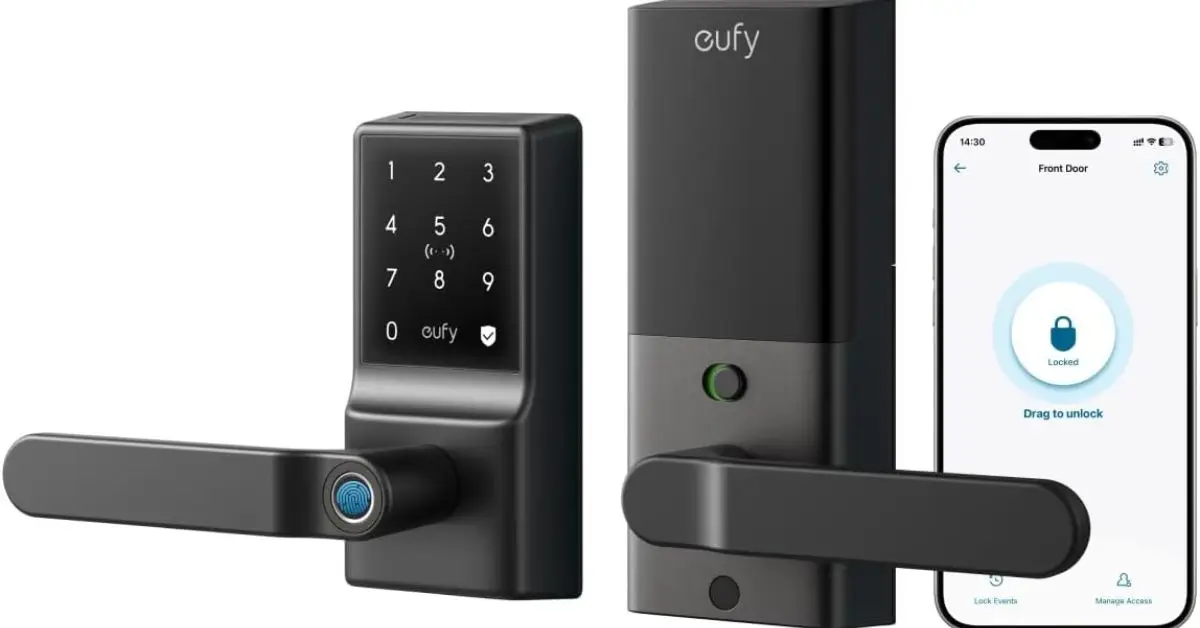
Some even include a “trusted neighbor” feature, allowing emergency access without handing over a permanent key.
Why important: This is both a physical barrier and a controlled access point, making it harder for intruders to enter without permission.
4. Window & Door Sensors
These discreet devices trigger an alert the second a door or window is opened unexpectedly. Available as magnetic contact sensors or vibration-based detectors, they cover the most common entry points burglars use.
Why important: They’re hidden yet crucial — even if someone bypasses your main lock, you’ll know the moment they try to slip in.
5. Motion Sensors (Pet-Friendly Versions)
Motion sensors use passive infrared (PIR) or dual-technology detection to spot movement inside your home. Pet-friendly models ignore animals under about 85 lbs, so you don’t get constant false alarms.
Why important: They catch intrusions even if no door or window was touched, giving you a vital safety net.
6. Smart Indoor Cameras
Smart indoor cameras go beyond basic surveillance. Features like a privacy shutter let you disable recording when you’re home, while two-way audio allows you to check in on kids, pets, or unexpected visitors.
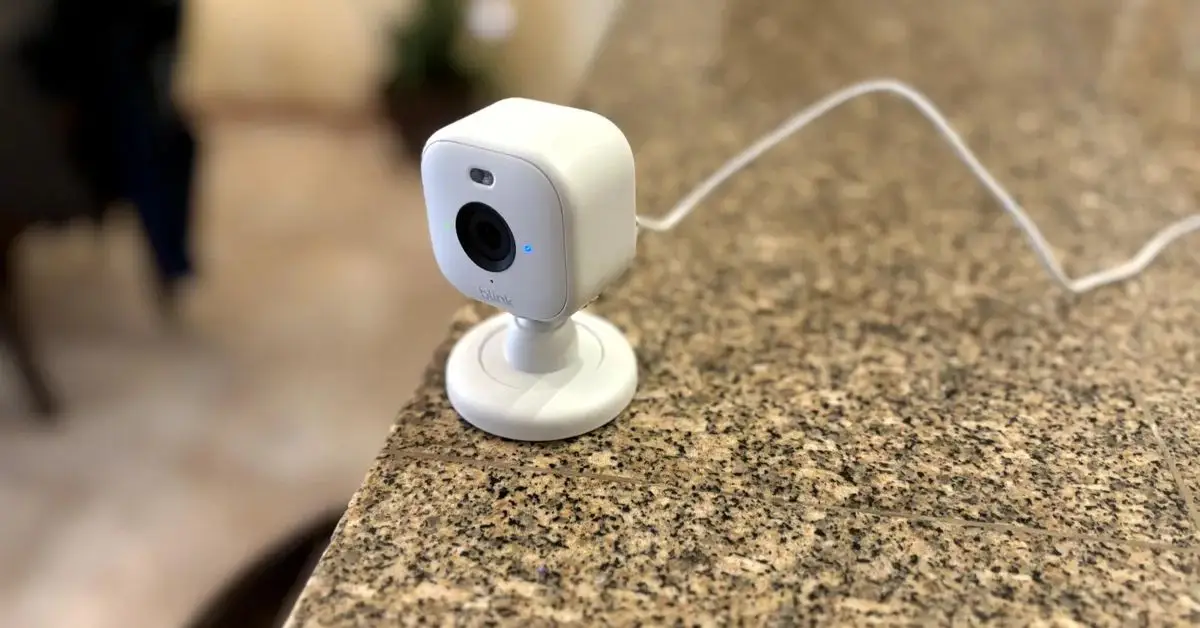
With AI-powered alerts for human detection, you’re only notified about real threats — not every time the cat jumps on the sofa.
Why important: They provide an extra layer of monitoring for valuable areas inside your home, even when doors and windows are locked.
7. Smart Lighting Systems
Smart lighting can turn a dark, empty house into one that looks lived-in. Motion-activated lights instantly draw attention to movement outside, while schedule timers and random lighting patterns create the illusion someone is home.
Motion-activated lights instantly draw attention to movement outside, while schedule timers and random lighting patterns create the illusion someone is home. For more tips on securing your house before you head out, see our post on 5 essential things to do before going away for the weekend.
A 2022 SafeWise survey found that well-lit homes are far less likely to be targeted by burglars.
Why important: Burglars hate uncertainty, and nothing says “someone’s watching” like lights flipping on unexpectedly.
8. Glass Break Sensors
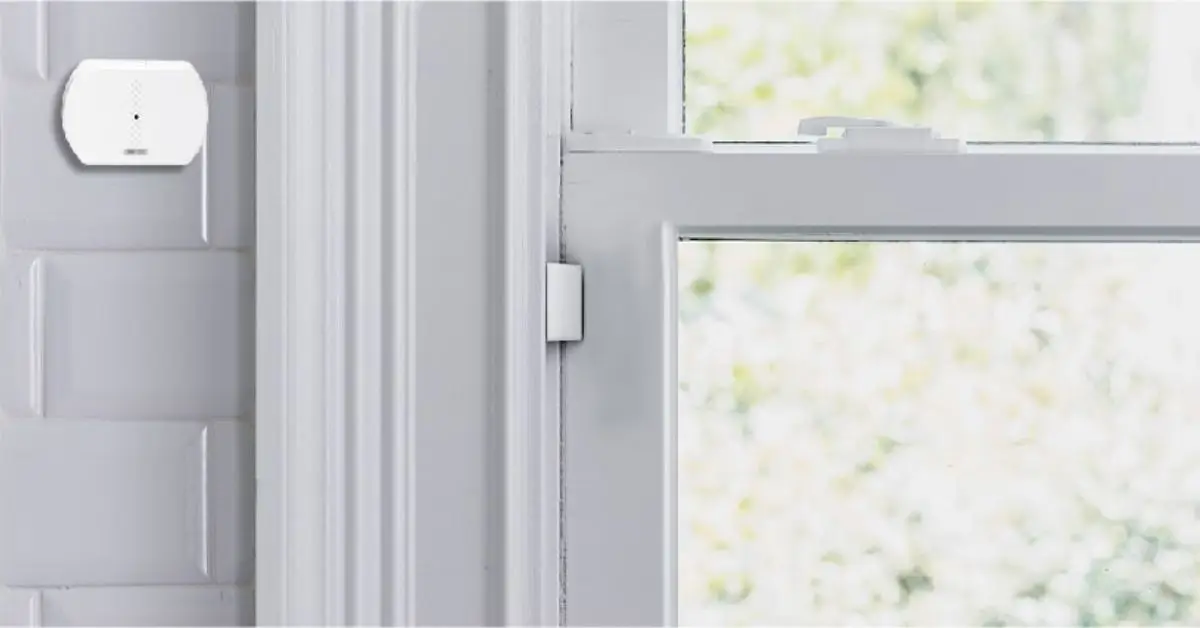
Glass break sensors listen for the specific sound frequencies of shattering glass, triggering an alarm instantly. They’re especially effective for securing sliding doors or large windows where a burglar might bypass locks.
Why important: They cover a critical gap where motion or contact sensors might fail, ensuring no entry point is left unprotected.
9. Smart Garage Door Controllers
A garage door left open is an open invitation. Smart controllers send instant alerts if it’s left open too long, and let you close it remotely with a tap on your phone.
Many models integrate directly with your main security app, so you can monitor and control everything from one place.
Many models integrate directly with your main security app, so you can monitor and control everything from one place. Discover 7 smart ways to protect your garage from burglars in our comprehensive guide.
Why important: Garages are one of the most overlooked entry points, and securing them closes a big gap in your home’s defense.
10. Intrusion Detection at Network Level
Your physical devices are only as secure as the network they’re connected to. Smart IDS/IPS systems monitor your home network for suspicious activity and block hacking attempts before they reach your cameras, locks, or sensors.
For example, Suricata is an open-source intrusion detection system designed to analyze IoT traffic and flag threats in real time.
Why important: Even the best physical security can fail if your system is hacked — network protection keeps your devices safe from the inside out.
11. Environmental Sensors (Bonus Layer)
True home safety goes beyond burglary prevention. Environmental sensors detect smoke, carbon monoxide, and flooding, sending alerts whether you’re home or away.
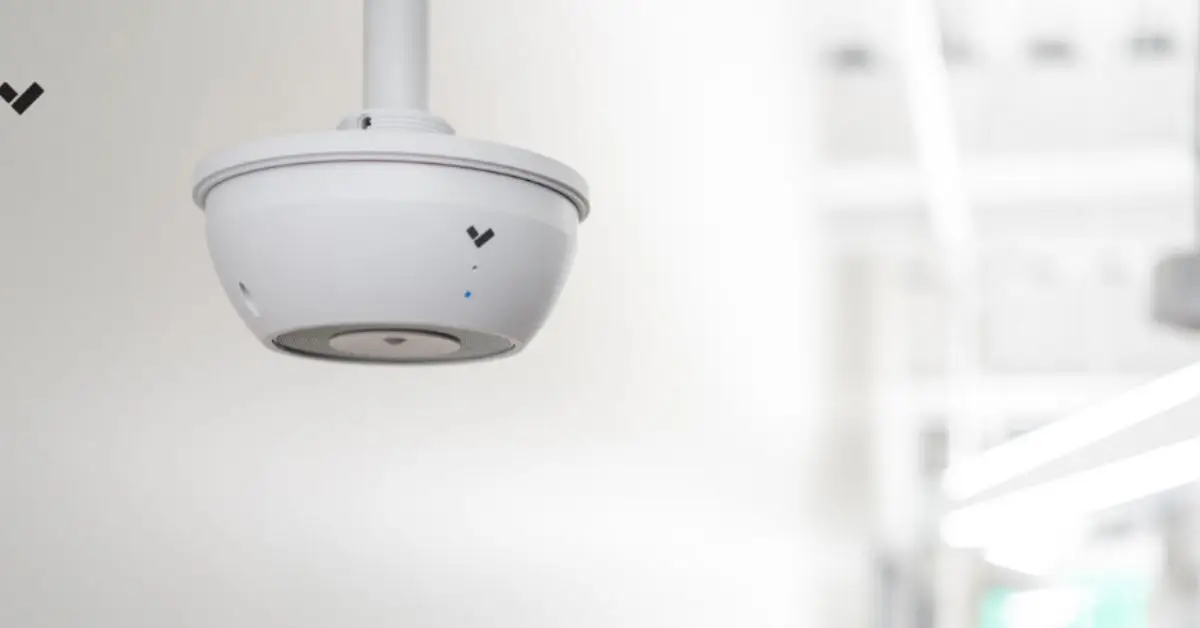
Environmental sensors detect smoke, carbon monoxide, and flooding, sending alerts whether you’re home or away. If you want to learn about warning signs your light switch could be a fire hazard and what to do about it, check out our detailed guide.
They can also trigger alarms or lighting to draw attention and minimize damage.
Why important: These devices add an extra safety net, protecting your home and family from hazards — burglars aren’t the only danger you face.
Quick Setup Tips for Maximum Protection
Buying smart home security devices is just the start. To truly protect your home, how you set up and maintain these tools makes all the difference. Here are some easy but crucial tips that ensure your investment works as hard as possible:
- Place Devices Strategically and Visibly: Cameras and sensors should be placed where intruders can clearly see them—by front doors, windows, and dark corners. This visibility acts as a psychological barrier, making burglars think twice before attempting entry. At the same time, position some devices out of easy reach to prevent tampering.
- Use Clear Security Signage: Even simple signs warning about surveillance or alarm systems can be surprisingly effective. Signs amplify the deterrent effect by alerting potential burglars that your home is monitored, often causing them to move on to easier targets.
- Layer Your Security: Don’t rely on just one device. Combine multiple smart tools like cameras, motion sensors, smart locks, and lighting to cover all angles. This layered defense makes your home much harder to breach unnoticed.
- Regularly Update Firmware and Software: Smart devices rely on software, and outdated firmware can leave vulnerabilities. Make it a habit to update your devices regularly—this keeps them secure from hacking attempts and ensures they function smoothly.
- Test Your System Periodically: A quick monthly check of cameras, sensors, and alerts helps catch any malfunction early. You want to be confident that every part of your system is working when it matters most.
Proper setup and upkeep maximize your smart devices’ effectiveness. They not only deter burglars but also reduce false alarms and keep your home’s security reliable—giving you real peace of mind.
Taking Control of Your Home Security Today
Now that you know the 11 smart home security devices that can keep your house safe, it’s time to take action. Remember, protecting your home isn’t about buying every gadget—it’s about choosing the right tools and setting them up smartly.
You deserve to feel secure and in control, knowing your home is ready to stop burglars before they even try. Start small if you want—maybe a camera at your front door or a smart lock—and build your system over time.
I’d love to hear from you:
Which smart device are you planning to add first? Or do you already have one that’s worked well for you? Drop your thoughts below!
For more tips and guides on making your home safer and smarter, visit Build Like New—your go-to place for practical, no-nonsense advice.
Let’s build a safer home, together.
Disclaimer: This article is for informational purposes only and does not constitute professional security advice. While the recommended smart home security devices can significantly enhance your home’s safety, no system can guarantee complete protection against burglary or other risks. Always assess your individual needs and consult with security professionals when necessary. Build Like New is not responsible for any loss or damage resulting from the use of these recommendations.

